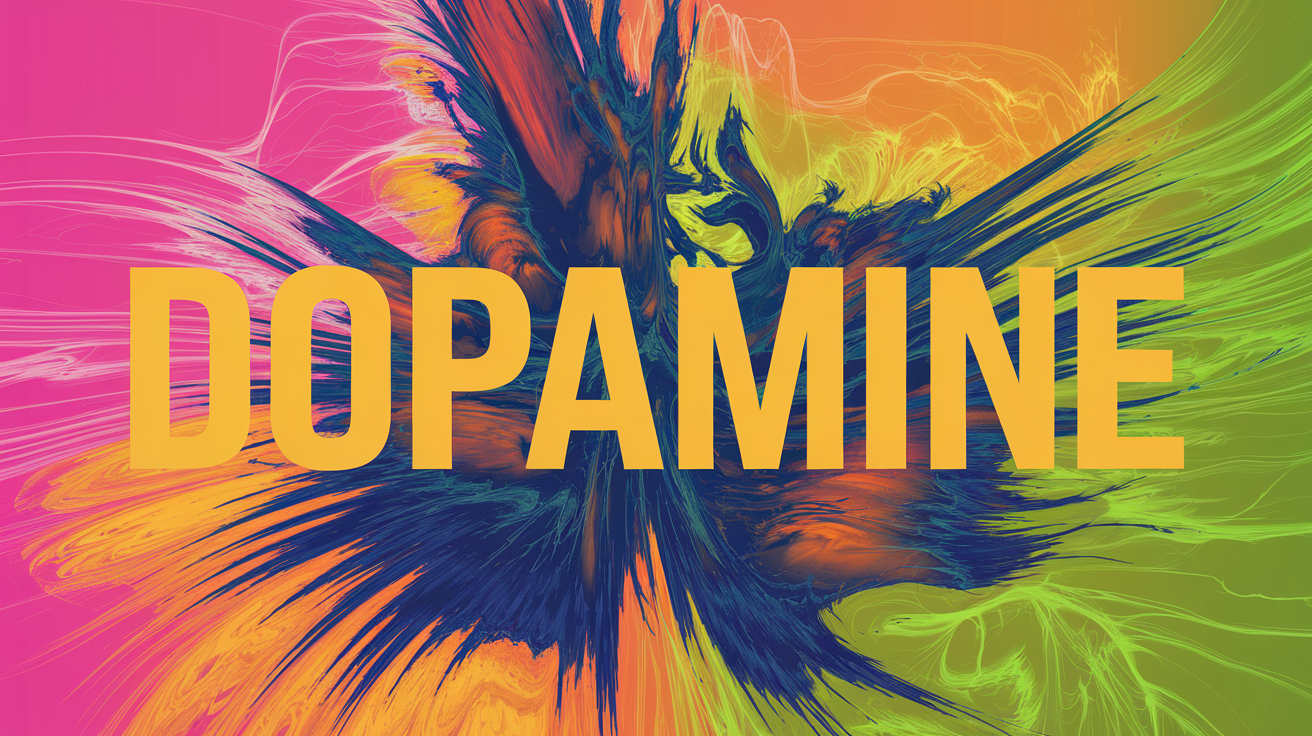Artificial Intelligence (AI) is no longer a thing of the anticipated future but is currently a reality of the present-day business world. Despite the advantages it offers, there is still resistance towards adopting AI. Here, we delve into Neural Based AI and strategies to overcome this resistance.
Understanding Neural-Based AI
To start with the basics: Neural-Based AI, also known as artificial neural networks, mimic the human brain's structure and processing styles. Think of it as a digital ghost of human cognizance, one capable of learning of its own accord. Instead of biological neurons wired with axons, the neural comparatives are nodes interconnected by layers.
But how does it really work? Here's a simple, spartan explanation. Data inputs enter the system, and they subsequently pass through numerous nested functions – these are the proverbial brain cells, the network's neurons. Sometimes, decisions are clear cut, like a binary computer code, it either is a one or a zero. But other decisions are more complex, requiring a nuanced evaluation of probabilities. That's where neural networks come into play. These networks have the capacity for learning through patterns and creating intricate webs of recognition akin to a brain's memory. They train themselves through experience and repetition, hence their distinct edge.
Keep in mind, this is a casual skim of the surface of Neural-Based AI. It's water on a hotplate; dip your hand deeper and you'll find a volatile, sputtering world of immense potential and complexity. It's a world that's here to stay, a world that's reshaping our reality one node at a time.
The Current Resistance to AI
Embarking on the AI journey is akin to stepping onto a new terrain - laden with opportunities, but not devoid of uncertainties. The resistance to AI in businesses could perhaps be likened to the adamant 'stickiness' of status quo, rooted in a comfort with known processes and an innate apprehension of the unfamiliar.
This inherent discomfort can grow into bigger fears and misconceptions, caused in part by sensationalist portrayals of AI in popular media. The idea of sentient robots taking over jobs and potentially turning against their creators might sound far-fetched to experts, but can influence the perceptions of those less educated in the field.

Particularly with Neural-Based AI, concerns may revolve around its 'black box' nature. As an advanced AI form using complex algorithms to self-learn, it's often opaque even to those who design and deploy it. This lack of transparency can spur concerns about bias, decision validity, and security, as businesses wrestle with the idea of entrusting critical decisions to an entity they don't completely understand.
According to a Forbes article, more than just technophobic trepidation, perceived cost and implementation difficulties also pose as formidable barriers. Around 20% of companies in their survey mentioned the cost, with about 17% citing the challenge in integration with existing systems.
It's crucial to remember, though, that resistance isn't necessarily a sign of stubbornness. Often, it's a cry for clarity, accuracy, and assurance. Therefore, to address this resistance, it's not about pushing harder, but rather enlightening, involving, and assuring the concerned parties.
Dopamine and AI Adoption
Dopamine, often referred to as the 'happy hormone,' is a neurochemical that plays a major role in your brain's reward system. It's balance in our brains can be the turning point in how we perceive new occurrences, AI adoption included.
Let's paint a simple picture: When you hear the sound of a fascinating notification on your smartphone, you feel an immediate urge to check it. Why? Because each time you've done that before, an intriguing video, a LOL-worthy meme, or a heartfelt message followed that ringtone. Your brain learned to associate that sound with reward, resulting in dopamine's release - and that makes you feel good.
Transfer that same scenario to a workplace setting, and suddenly we're not talking about memes or messages - we're talking about AI systems. If employees associate learning and using an AI system with positive benefits - say a streamlined workflow, reduction in errors, or even the thrill of learning something new - the dopamine release takes place in the same fashion as the smartphone notification.
Understanding this dopaminergic system is a crucial step for businesses faced with resistance to emerging tech. Structuring the AI onboarding to be associated with rewards (gained time, decreased workload, improved performance, etc.), the resistance towards new technology could transform into expectation and excitement, much like how we get excited about ringing smartphones.
This doesn't suggest fooling the brain but rather aligning AI adoption processes with dopamine's fundamental mechanics in our neural pathways. This alignment can serve as a powerful tool in overcoming AI resistance by making the adoption enjoyable and rewarding, resulting in a positive change in behavior and perception.
The Role of Intrinsic Motivation in AI Adoption
Intrinsic motivation can be characterized as the internal drive within individuals that incites action, even in the absence of external rewards. Simply put, it's the motivation that originates from within - interest, curiosity, or a sense of challenge. When linked to AI adoption, intrinsic motivation could involve a genuine enthusiasm for the new technology, or the desire to use AI to improve one's efficiency or competence in their job.
The pivotal aspect for businesses is to nurture this intrinsic motivation among their employees. An effective way to achieve this is to demonstrate the connection between AI adoption and personal growth. By illustrating how mastering new AI provides an opportunity for expanding their skills, employees may feel a powerful internal drive to embrace the technology.

Respect and acknowledgement also feed intrinsic motivation. Recognizing and rewarding employees who take the initiative to familiarize themselves with AI technology creates a positive association, enhancing the likelihood of others following their lead.
Additionally, creating an environment where learning is encouraged, and failures are seen as opportunities for improvement, rather than setbacks, can stimulate intrinsic motivation. Providing access to resources, setting challenges that require AI-based solutions, and offering proper training can foster a positive AI behavior.
Harnessing intrinsic motivation in this manner transforms AI adoption from a chore into a challenge, from imposed change into exciting progress, and boosts the likelihood of AI being embraced and efficiently utilized.
Neurochemical Change as a Strategy to Overcome AI Resistance
The human brain, in all its marvel, is a center stage for a plethora of chemical reactions, often manifesting in different emotions, perceptions, and behaviors. Now, these captivating facts about neuroscience aren't just for psychologists or neurologists to delve into; instead, they become particularly intriguing when considered in relation to the world of artificial intelligence, especially in overcoming AI resistance.
Neurochemical changes refer to the variations in the levels of neurotransmitters — chemicals that transmit signals between nerve cells — like dopamine, serotonin, or norepinephrine, to name a few. Did you know that these changes can inform strategies to conquer resistance to AI? In fact, neurochemical changes might just be the next powerhouse to drive AI adoption.
Just as dopamine can promote positive behaviors towards AI, other neurotransmitters, too, play an indispensable part. Consider oxytocin: known as the "bonding hormone," this neurotransmitter is correlated with trust and social bonding. In terms of AI, it can be speculated that positive social interactions associated with AI usage could theoretically increase oxytocin levels, creating a sense of trust and security with the technology. Greater trust could, in turn, decrease AI resistance.

Additionally, it's worthy to mention serotonin. Commonly associated with feelings of well-being and happiness, this neurotransmitter could be influenced to further AI adoption. Creating user experiences that is not only convenient but also joyful can help in sparking that bit of serotonin—a potential reduction in AI apprehension.
Of course, this isn't an invitation for science fiction-esque manipulation of brain chemistry. Rather, it's shining a spotlight on the potential of merging neuroscience with technology adoption strategies—in this case, AI. By understanding the meaningful correlations between our brain chemistry and our behavior, businesses can craft effective, neuroscience-aligned strategies that could gradually overcome resistance and ease the transition to AI usage.
Essentially, neurochemical change as a strategy places a heavy emphasis on crafting a user experience that's positive, trust-evoking, and makes working with AI a delightful endeavor. Now isn't that a cool way to look at AI adoption!
The Cycle of Transformation
The Cycle of Transformation is an essential tool that helps businesses facilitate smoother AI adoption, dramatically reducing resistance along the way. It's a structured process that turns the disruptive force of implementing AI into a continuous, empowering, and less intimidating experience.
Let's walk through the discrete stages of the cycle.
Stage 1: Awareness
Firstly, we have the "Awareness" stage, which is all about:
- Introducing the Neural-Based AI concept to your team,
- Highlighting its benefits and relevance,
- Explaining its potential to enhance business operations.
At this point, detailed understanding isn’t required — we're merely sowing seeds of curiosity.
Stage 2: Understanding
Next, we enter the "Understanding" stage. Here your team will:
- Delve deeper into what Neural-Based AI entails,
- Attend trainings, workshops, and interactive discussions to familiarize themselves with its working.
Stage 3: Acceptance
In the "Acceptance" phase, the team begins to:
- Accept the idea of AI being a part of their daily routine.
- This phase is crucial and should be handled delicately to avoid fear or skepticism.
Stage 4: Adoption
In the fourth stage, "Adoption," your team starts:
- Actively using and interacting with the Neural-Based AI.
- During this time, support and feedback mechanisms need to be in place to guide users.
Stage 5: Commitment
Finally, during the "Commitment" stage, your team:
- Fully embraces the AI and uses it regularly in business operations,
- Recognizes the benefits of AI,
- Expresses little to no resistance.
The Cycle of Transformation is, thus, not a linear, one-and-done process. Instead, it is a continuous circle allowing for reassessment and re-education, which ensures consistent engagement with AI and addresses any doubts or concerns along the way. Such an approach can drastically lessen the resistance, making AI adoption a more successful endeavor.
Next Steps for Encouraging AI Adoption
At this juncture, it's essential to acknowledge that the road to Neural-Based AI adoption isn't merely paved with technology alone, but human adaptability. Here are some practical steps companies can take to spark enthusiasm for Neural-Based AI.
Open Communications
Firstly, communication should be central to change management efforts. Transparency around the why, what, and how of Neural-Based AI can help clarify misconceptions and build an understanding that resistance typically stems from. Remember, it's vital to convey, in relatable terms, how AI can directly impact everyone positively, emphasizing its efficacy in streamlining operations and providing valuable insights.
Invest in Training
Next, dedicate time to training. Investing resources in education and skill development directly fuels the employees' competence and confidence in handling AI, ebbing away potential apprehensions, and fostering a culture ready to welcome Neural-Based AI.
Encourage Experimentation
Mix education with experimentation - encourage employees to engage with AI in controlled situations to learn from hands-on experiences. Let them tinker with AI tools, run tests, fail, learn, iterate, and slowly become comfortable with the technology.
Celebrate Early Adopters
Celebrate early adopters within your organization. Elevate those who have embraced the change, and let their stories inspire others while reinforcing the benefits of AI.
Listen and Include
Lastly, always listen to your team's concerns, ideas, questions, and feedback. Involve staff in decision-making processes and strategies around AI implementation, making the transition less of a directive and more of a shared journey.
Further Learning
To deepen your understanding of Neural-Based AI and the strategies for its adoption, explore resources at [JustResults.ai](https://www.justresults.ai/). This exploration could turn your team's resistance into readiness, and future-proof your company in the AI age. With the right approach, AI resistance isn't only manageable, but potentially transformative, catapulting your enterprise into new realms of effectiveness and growth.